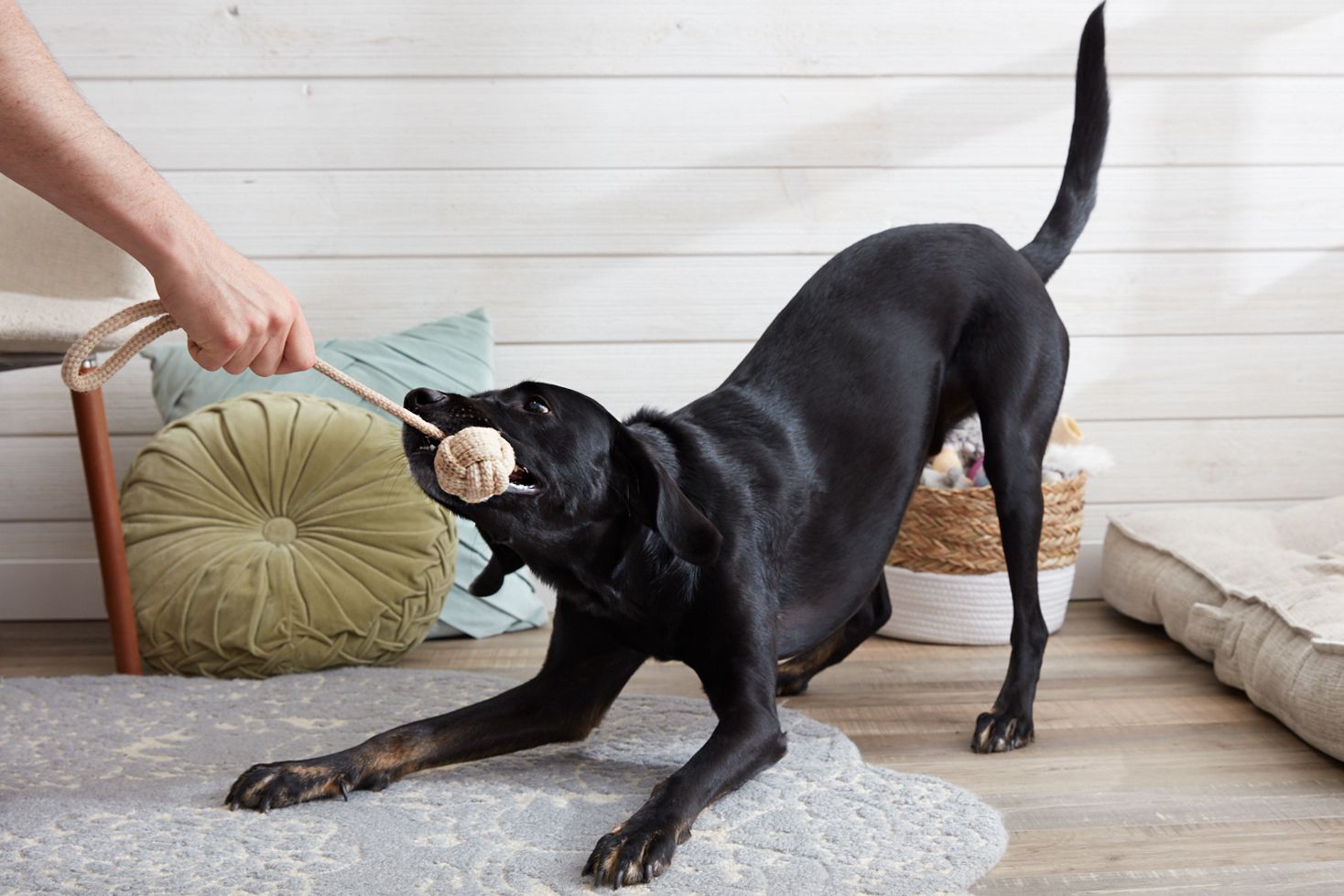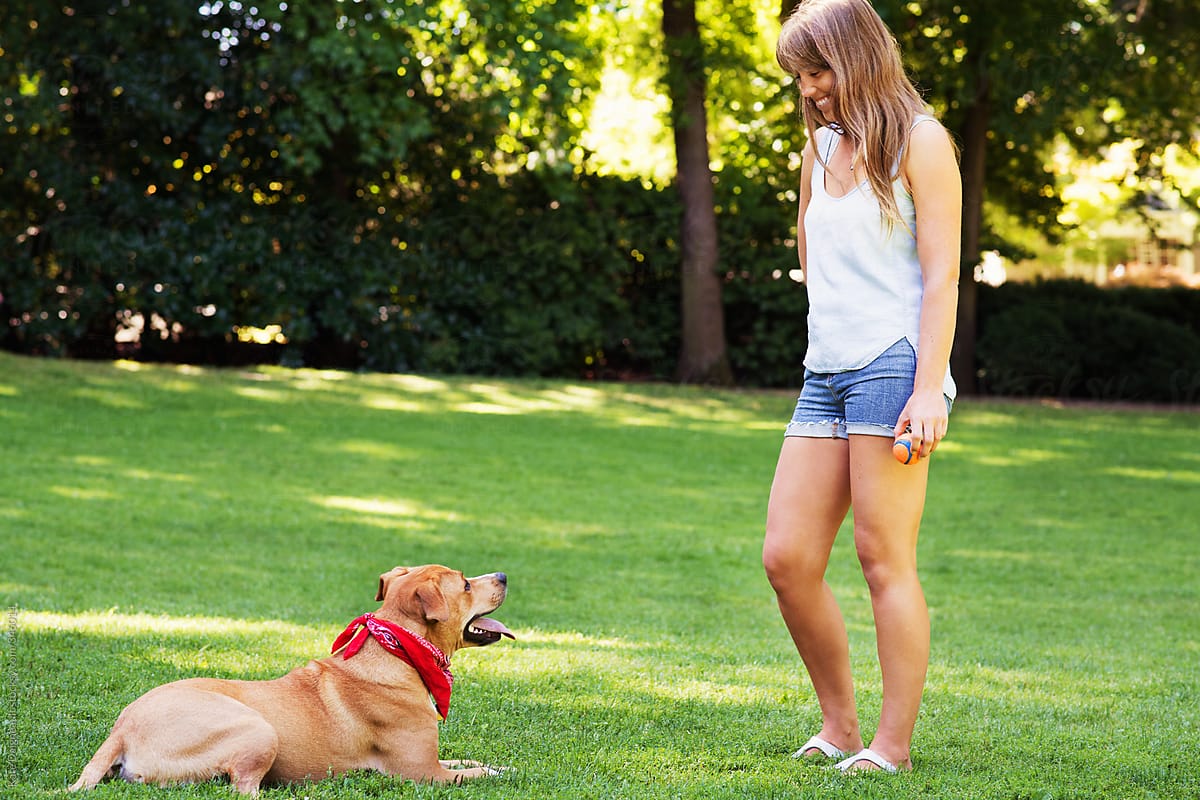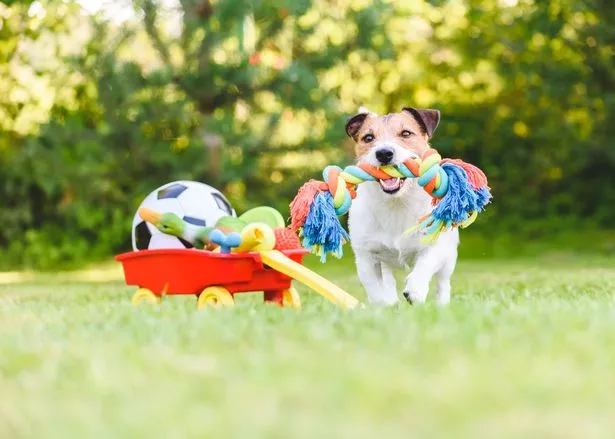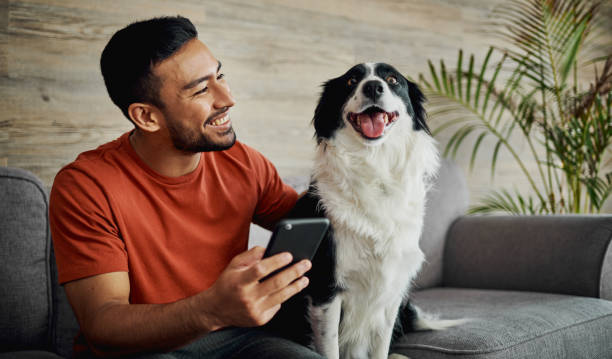Playing with your dog is one of the most enjoyable and rewarding aspects of pet ownership. It goes beyond simple fun; regular playtime is crucial for maintaining your dog’s physical health, mental stimulation, and emotional well-being. Engaging in play with your dog also strengthens the bond between the two of you, creating a sense of trust and companionship that will last a lifetime. Whether your dog enjoys an intense game of fetch or prefers a mentally stimulating puzzle, there’s a playstyle that suits every dog. In this guide, we’ll explore how to make the most of playtime with your dog, ensuring that it’s fun, safe, and tailored to their individual needs.
Understanding Your Dog’s Play Style
Before diving into specific games, it’s important to understand that every dog has a unique play style. Breed, age, and temperament all influence how a dog prefers to engage in play. Some dogs are natural fetchers, always ready to chase after a ball or toy, while others might enjoy tug-of-war or chasing games. Older dogs or breeds with lower energy levels might not be as interested in high-energy activities but still enjoy slower-paced play or mental challenges. By observing your dog’s behavior during play, you can learn a lot about their preferences, ensuring that playtime is enjoyable for them. Once you have a better understanding of your dog’s play style, you can move forward with finding games and activities that suit their unique needs.
Games for Physical Exercise
When it comes to physical play, the most popular and straightforward option is a classic game of fetch. Dogs with a strong retrieving instinct thrive in this game, and you can easily enhance it by using various objects such as balls, Frisbees, or sticks. You might even take fetch to a new level by incorporating water, like playing fetch at the beach or in a pool, which adds an additional layer of exercise. If your dog doesn’t seem interested in fetch, tug-of-war is another excellent option for physical play. This game not only exercises their body but also strengthens their jaw muscles. Remember, though, to keep the playtime safe by using durable toys and monitoring your dog to prevent any aggressive behavior. For dogs that love running, simple chase games can be an ideal outlet for their energy. You can run alongside them or have them chase toys, but always ensure they know when to stop and rest.

Mental Stimulation Games
While physical exercise is important, dogs also need mental stimulation to keep their minds sharp and avoid boredom. A game of hide and seek is a great way to challenge your dog’s problem-solving abilities and engage their natural tracking instincts. Hide a treat or toy and encourage your dog to find it. This game not only stimulates their brain but also taps into their sense of smell, which is highly developed in most dogs. Another way to keep your dog mentally active is through puzzle toys, which can be filled with treats to encourage problem-solving. Interactive games like this offer a satisfying challenge for dogs, and they also help tire them out mentally, which is just as important as physical exhaustion. Combining mental games with physical activity keeps your dog’s routine varied and exciting.
Interactive Play and Bonding
Engaging directly with your dog during play is a powerful way to strengthen your bond. Interactive toys like flirt poles or remote-controlled toys allow you to be an active participant in your dog’s play, encouraging movement and excitement. If you’re looking for something a bit more structured, setting up an agility course in your backyard is a fantastic option. Simple jumps, tunnels, or weave poles provide an opportunity for your dog to develop coordination while keeping them physically fit. For water-loving dogs, swimming or playing in sprinklers adds an element of fun, especially during the warmer months. These activities are not only good for exercise but also enhance your dog’s confidence and trust in you as you guide them through new experiences.

Social Play with Other Dogs
Playtime doesn’t have to be limited to just you and your dog—social interaction with other dogs is equally important. Many dogs enjoy the company of their peers and can benefit from the socialization that comes with playing with other dogs. Dog parks provide a perfect setting for this type of play, but it’s important to monitor your dog’s behavior and ensure that they’re engaging with other dogs in a positive way. If dog parks feel overwhelming, organizing small playdates with familiar dogs can be a great alternative. By ensuring your dog is socialized in a controlled and friendly environment, you’re helping them develop essential social skills. Group activities like joint fetch or chase games with multiple dogs add a new dynamic to their play routine.
How to Keep Playtime Safe
While play is essential, safety should always be a priority. Choosing the right toys is crucial—always opt for durable, non-toxic toys that are appropriate for your dog’s size and play style. A toy that’s too small can be a choking hazard, while a toy that’s too large might be frustrating for smaller dogs. It’s equally important to supervise your dog during play, especially during activities like tug-of-war or social play with other dogs. Teaching commands like “drop it” or “leave it” can help prevent accidents and ensure that play remains controlled and enjoyable. As much as dogs love to play, they can overexert themselves, so watch for signs of exhaustion like heavy panting or slowing down. When in doubt, give your dog a break and some water before resuming play.

Incorporating Play into Daily Routines
One of the best ways to ensure your dog gets enough playtime is to incorporate it into your daily routine. Even if you’re busy, short, frequent play sessions can be just as effective as long ones. Simple games like fetch or tug-of-war can be done in a few minutes, and they offer great physical and mental stimulation. You can also use play as a way to reinforce training, turning obedience drills into fun games that your dog will enjoy. Another tip is to rotate your dog’s toys regularly, introducing new ones or changing up their favorite games to prevent boredom. A varied play routine keeps your dog engaged and excited.
Tailoring Play for Puppies and Senior Dogs
Different stages of a dog’s life require different approaches to play. Puppies, for example, are full of energy but have shorter attention spans, so their play sessions should be shorter and more frequent. Gentle games like soft tugging or basic puzzle toys are perfect for their developmental stage. On the other hand, senior dogs may have less energy and might need lower-impact games to suit their physical abilities. Gentle walks, slow-paced fetch, or scent-based games are great options for older dogs. Regardless of age, tailoring playtime to your dog’s needs will ensure that it remains fun and beneficial for their overall well-being.
Playtime with your dog isn’t just about burning off energy—it’s an essential part of building a deeper connection. Whether you’re engaging in physical activities like fetch or mental games like puzzle toys, play strengthens the bond you share with your dog. By incorporating play into your daily routine, ensuring their safety, and adapting to their age and energy levels, you’ll not only keep your dog happy and healthy but also create a lasting partnership. So, make play a regular part of your life together and watch as your bond grows stronger through fun, engagement, and mutual enjoyment.

After 5 years in a high pace business management role, I partnered with an e-commerce developer to start building Dog Supplies Warehouse.
Our number one goal is to make sure all products are managed and delivered to our customers door fast and accurately.

